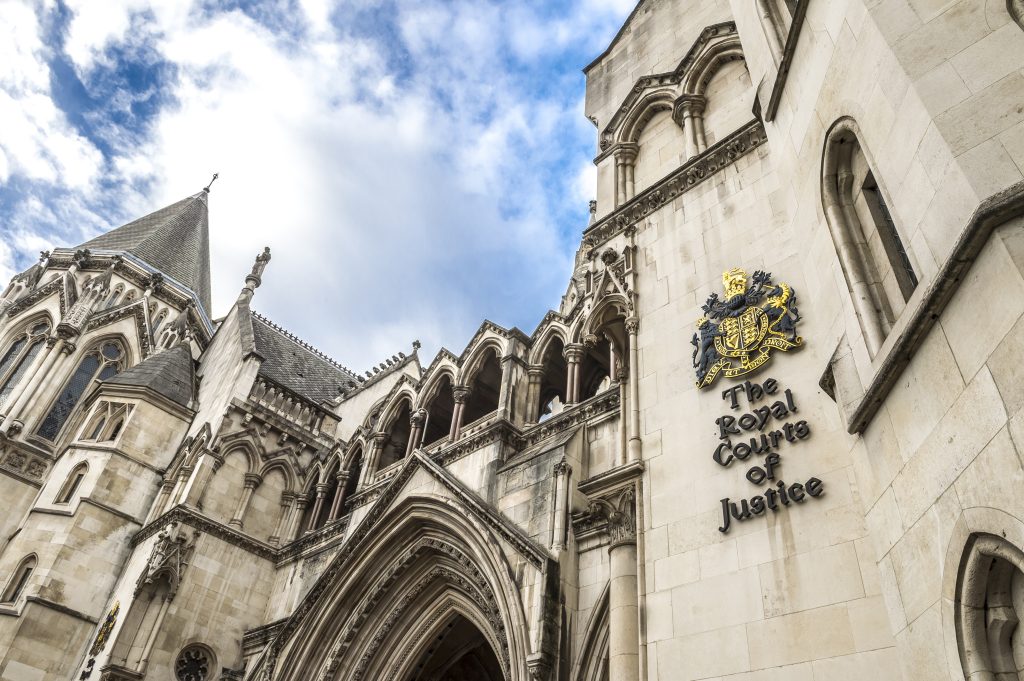
Companies spend a significant amount of time, effort and investment considering how their products look to the consumer. Rightly there is then a desire to provide protection from copycats and others seeking a shortcut to allow them to benefit by marketing a similar product without the effort. Fortunately, the appearance of products is protectable with registered designs.
Registered designs typically cost little to obtain in the UK and Europe and so are often treated as a “file and forget” intellectual property (IP) right, but this allays their strength. Registered designs can be very effective at stopping competitors from muscling in with lookalike products if the right standard of protection is achieved on filing without needing a brand attached or a patentable innovation buried in the product. However, we see time and again that without proper consideration before filing, the right standard is often not achieved, and so the registered design is found lacking when it is most needed.
In this article, we look at factors to be considered when preparing design registrations in order to achieve the “gold standard” of protection. A design attorney will be able to assist in applying these considerations, ensuring the registration is an effective safeguard of the designer’s efforts.
Protection for a variety of products
The first step in any standard of protection is to know when protection can be sought and when it cannot. Registered design protection is intended to offer a monopoly right over the shape and appearance of just about any product. This does not just mean protection for a physical article that ends up in the hands of the public. Registered designs can be used to protect articles from food, to fashion, to medical devices; graphical user interfaces (GUIs) or icons; building or room layouts; animations; repeated surface patterns; and typefaces.
Each kind of product protectable with a registered design comes with its own nuances when trying to get the right scope of protection. Taking typefaces for example, do you try to protect the whole typeface, or just a part of it? The focus of the registered design will have an important effect on how close a competitor may come to different aspects of the product without infringing. Any gold standard therefore needs to include identifying and leveraging these intricacies correctly.
Registered design protection can of course form part of a wider IP strategy to build a cluster of IP around a product where this is appropriate. Spotting the potential for this is, and whether it is worth pursuing, often requires an expert’s strategic assessment however.
Risks and rewards
The protection offered by any registered design is determined by the content of the images that form the basis of the registered design. Deciding the makeup of these images is more complex than simply replicating the product for which protection is sought in a series of images. This is because various aspects of the images may limit the scope of protection in perhaps unanticipated ways, often making it more difficult to prevent a competitor from marketing a similar product.
An example of such an aspect is the use of colour or shading in images. As the UK Supreme Court ruled to the cost of the manufacturer of the Trunki® suitcase, and as re-confirmed more recently in Shnuggle vs Munchkin, colour and shading in the images of a registered design confine the legal protection offered by that design. While this may be the most well-known aspect that limits the scope of registered designs, it is certainly not the only one.
In the images of a registered design, what you show is critical – it is possible to show a product in alternate positions if the product has moving parts; show sectional views, magnified views and exploded views; or deliberately avoiding showing a part of the product. Whether to make use these options and their effect on the scope of protection needs to be weighed up for each design.
While careful navigation of these and other aspects allow the scope of protection to be tailored, there are also matters that are outside of your control. For example, if a feature of the design must be that shape to fit with another feature, or due to its technical function; or is not visible during use, then this can reduce the available protection. If and when you have disclosed the product publically can also affect the protection available to you.
A good attorney will advise how much weight should be given to these factors and how to make use of disclaimers, multiple designs and specifics of the images to be used to arrive at a bespoke recommendation for each product or range or products. This is what really represents the gold standard approach.
Return on investment
With an infinite pot of money it would be possible to adopt a strategy of filing designs for all possible scenarios, for all colours and none, from the most intricately detailed design to the most generic. Such a pot is as rare as the pot at the end of rainbow however, and such a filing strategy is usually not commercially necessary. The key is therefore to find the right balance between the available budget, scope of protection offered by each design and the range of protection able to be offered by a series of designs for a product if multiple designs are an available option.
Given the path that has to be weaved through the range of options available; the complexities for each type of product, let alone each specific product; and the costs of achieving the “perfect” registered design protection, there can be no one-size-fits-all approach in order to achieve a “gold standard” of protection. Instead, the gold standard will be different for every single product and resides in how you factor in the various options available to arrive at the best strategy for you, your circumstances and your innovations, which often is most efficiently achieved by seeking professional advice.
If you would like more information on registered design protection or strategy, or have any question in relation to the matters discussed in this article, please find my contact details on my website profile here or contact us at gje@gje.com.

